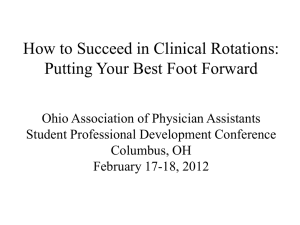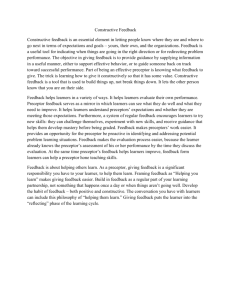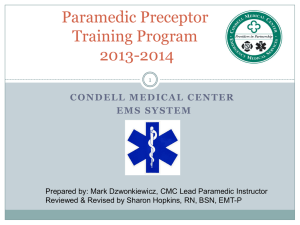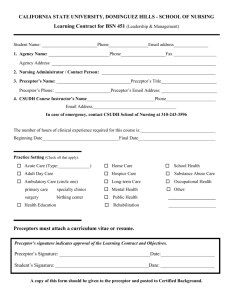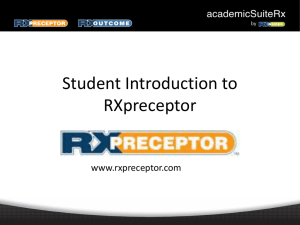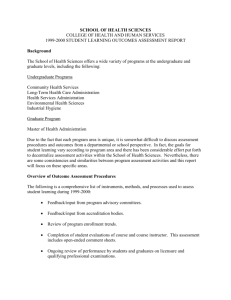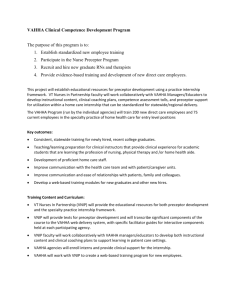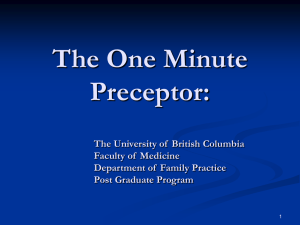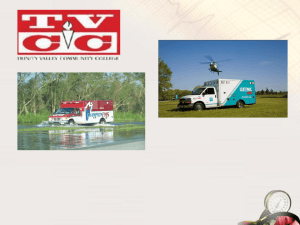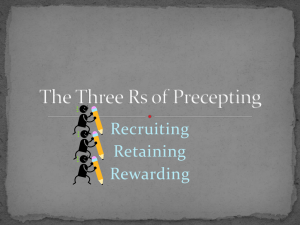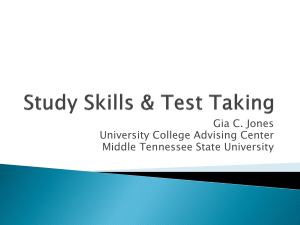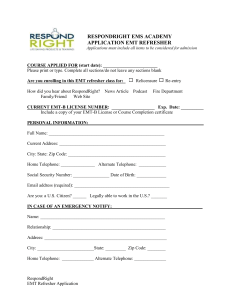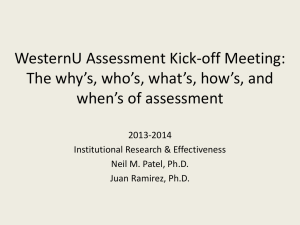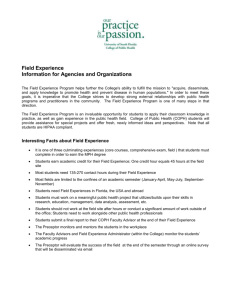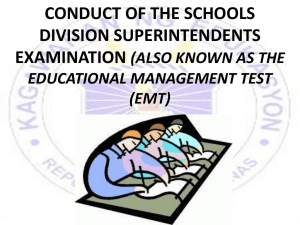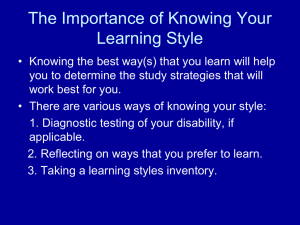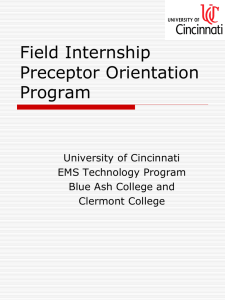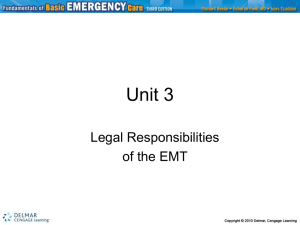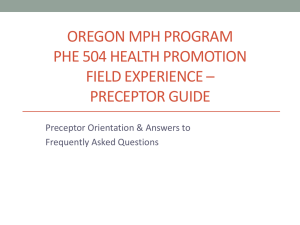to presentation. - Mahoning County Career and Technical
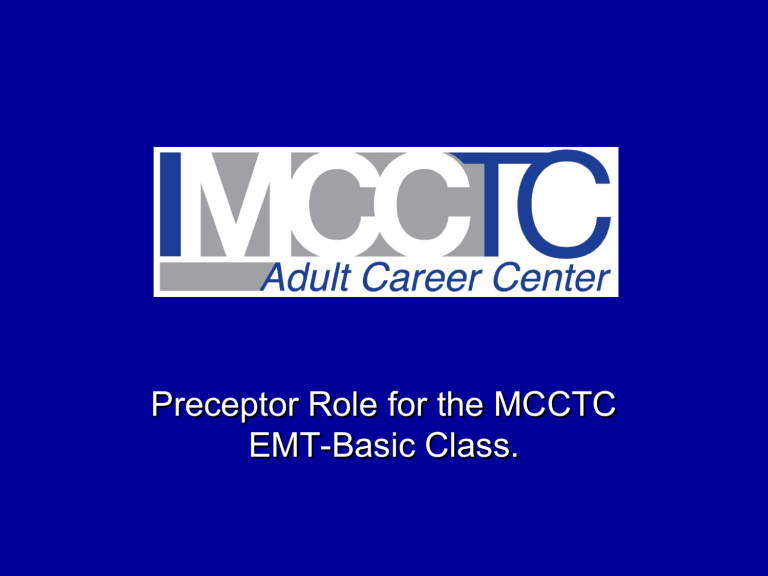
Preceptor Role for the MCCTC
EMT-Basic Class.
The EMS Preceptor …
Mahoning County CTC, Adult Career
Center EMT-B classes need experienced
EMTS’ as preceptors for their field internship experiences.
We invite you to participate as a preceptor because of being identified as an EMS provider with great patient-care and communication skills.
The Duty of the Preceptor
The sharing of one’s work experiences, knowledge, and wisdom to the next generation of EMS healthcare providers is an awesome responsibility.
You in fact hold the future of EMS in your hands!!
We can offer you Continuing Education credits for time spent with our students.
The Presentation…
Hopefully this presentation will help answer questions you may have about the MCCTC
EMT program and how preceptors are part of the education equation.
This presentation will also help familiarize you with the paperwork and forms that need to be filled out for each student.
Role of the Preceptor …
Provides most of the actual “hands-on” training of the new EMT.
Has a responsibility to provide the EMT student with the highest quality of training possible.
Can make the difference between a successful or unsuccessful career for a student AND….
Can literally make the difference between life and death!
Preceptor Requirements …
2 years experience in the field as a successful EMT.
Clean work record.
Good communication skills.
Ability to work well with others.
A genuine desire to help improve the EMS profession.
The Preceptor as an Educator …
You are more than just a passive observer.
You should have the ability to discuss, demonstrate, and evaluate the skills of your
EMT student.
Familiarization with different ways in which students learn can help you do a better job of educating them.
Learning Styles …
Visual Students who have a visual strength or preference like the teacher to provide demonstrations.
They find it easy to learn through descriptions.
√ They often use lists to keep up and to organize thoughts.
√ They often recognize words by sight.
√ They often remember faces but forget names.
√ They often have well developed imaginations .
√ They are easily distracted by movement or action in the classroom.
Visual Learners …
√ Students who are visual often read a page and then realize they don't know what they have read. They then must reread the page. They find it difficult to concentrate on reading assignments or overhead notes.
Kinesthetic Learners ….
Kinesthetic Learners
often do best when they are involved or active.
These students often have high energy levels. They think and learn best while moving.
They often lose much of what is said during lecture and have problems concentrating when asked to sit and read. These students prefer to do rather than watch or listen.
Understanding comes with handling things.
Auditory Learners ….
Auditory Learners like the teacher to provide verbal instructions.
They find it easy to learn by listening.
They enjoy dialogues, discussions, and plays.
They often remember names but forget faces.
They often do well working out solutions or problems by talking them out.
They are easily distracted by noise and often need to work where it is relatively quiet.
Students often do best using recorded books.
Auditory Learners ….
√ Students who are auditory sit in a lecture and comprehend what is being said. They tolerate concentrating or listening for long periods of lecture. They will often tune out everything but what is being said.
Tactile Learners…
√ Students who have a tactual strength or preference often do best when they take notes either during a lecture or when reading something new or difficult.
√ They often like to draw or doodle to remember .
They do well with hands-on such as projects, demonstrations, or labs.
Ways to Help Your Student …
Inform the students what you are going to be covering in your instructions, proceed with the training, end with a summary of what was covered.
Individualize instruction by identifying entry knowledge and skills.
Standards …
Watch students perform skills, allow them to complete skills, give them immediate feedback on their performance.
Never allow a student to perform any skill that may be harmful to the patient.
Expect students to be able to rationalize their care plan to you before allowing them to complete the skill.
Ways to Help Your Student …
Provide timely and appropriate feedback.
Inform students of expected outcomes.
Be available for consulting or questioning.
Identify your type of learning style and be sure that your teaching methods are not simply an extension of your learning type. (visual vs. kinesthetic vs. auditory, etc.)
Guiding the Student …
Your reaction and advice to the EMT student can have a profound impact on these issues:
√ Remind the student that “this is how it is done”. You, and every other EMT has had to go through this process, so must they.
√ Remind student to keep their eyes on the goal ahead. Getting caught-up by a distraction could cause them to lose all they have worked toward.
√ Remember; not everyone is suited to work in EMS. Some students self-destruct for a good reason.
Preceptor/Student Rapport …
Type up a sheet that you can pass out to your students that includes:
Any personal information about yourself that you want them to know.
Your overall objectives and goals for them.
Your expectations for them.
What they can expect from you.
Standards …
Use National Registry Standards to teach and evaluate your student.
The Registry is the benchmark of our profession.
Teach them the NREMT procedure and expect them to follow these steps in the field.
Try to keep your own “here’s-how-I-do-it” and
“short-cuts” to a minimum.
YOU should be familiar with the NREMT standards yourself!! Keep some NREMT practical skill sheets with you.
The Field Internship …
Students will all be assigned to particular preceptors.
Students all have a ‘field internship packet’ that contains:
Rules and Regulations.
Time sheet.
10 patient contact sheets (PCR’s)
A note to preceptors from program director
Candidate evaluation form.
Skill completion chart.
Skills check off sheet for preceptors
The MCCTC Field
Internship Packet :
Student should have name on paperwork.
Student should have all paperwork with them when they ride.
Internship
Rules:
These are for the student.
Look them over to make sure you understand what is expected of them, then expect them to follow these rules!
Rules cont.:
Needle stick policy for students.
Tell students when you want to sign paperwork (i.e. during shift, after end of shift, etc.)
Time Report:
Make sure and check students off on their time. YOU are the supervisor that signs the paperwork.
Make sure you print your name in
“Preceptor” space so we can read it!
PCR’s:
These are based on
Beaver Twp. Fire PCR’s.
Student should fill this out whether or not you have computer PCR’s.
Students should get their own information.
A note from the program director to you!
Your evaluation of the student:
Provide all requested information …
Circle appropriate # on
Likert Scale.
Make sure and sign the form.
Circle the appropriate letters at the bottom of the form.
Skills
Completion:
Student should check off skills listed with the date they completed the skill.
You do not need to sign this.
You can see what kind of experiences they have had during their internship.
Skills check off:
Mark when the student has done one of these skills in the field.
If it is checked, then someone watched them perform the skill correctly and you can let them do this skill in the field.
If there are Questions or Problems
Contact:
Margie Davison – Program Coordinator
330.921.8494
margiedavison@yahoo.com
Contact the following: or
Frank Dispenza – Instructor
330.720.5948
frank.dispenza@boardmanschools.org
Adult Career Center – 330.729.4100
